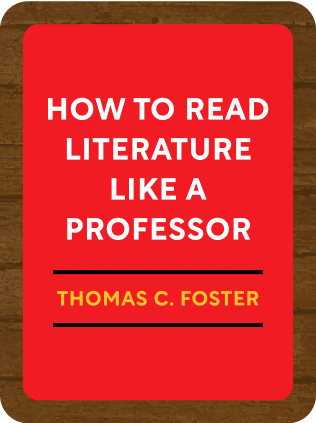

This article is an excerpt from the Shortform book guide to "How to Read Literature Like a Professor" by Thomas C. Foster. Shortform has the world's best summaries and analyses of books you should be reading.
Like this article? Sign up for a free trial here .
Why is weather so important in literature? Why is rain the most commonly used weather symbol and what does it mean?
The setting of a story informs the mood, the attitude of the characters, and the presentation of the themes. One of the most important elements of the setting is the weather. In literature, weather plays many roles such as a plot device, a way to set the atmosphere, a symbol for cleansing or misery, and much more.
Keep reading to learn what different types of weather symbolize in literature.
The Symbolic Significance of Weather
Every good story needs a setting, the time and place in which the story takes place. In literature, the setting is not only the backdrop for the story but an integral part of the story itself. The setting of a particular story informs the mood of the story, the attitude of the characters, and the presentation of the themes. One of the most important aspects of the setting is the weather in literature.
Weather in Literature
When you begin reading a poem or a novel, the first element of the setting you should pay attention to is the weather. Weather is never only about weather in a piece of literature.
Weather can also act as:
- Plot device: The weather can force characters to do something, such as come together to get out of the rain.
- Atmosphere enhancement: The mood of the story is indicated by the weather conditions.
- Democratic element: All characters, just or unjust, are affected equally by the weather.
The most popular weather setting employed by authors in literature is rain. Rain has many associations that you should be aware of as a reader:
- Drowning: Humans are land creatures, and as such have a fear of drowning. When an author employs rain in association with flooding or drowning, she speaks to the reader’s primal fear.
- Misery: For an author, having characters stuck in the rain is a great way to make them even more miserable than they already were.
- Cleansing: When a character walks through the rain, it is usually a symbol that they are being cleansed.
- Example: In Toni Morrison’s Song of Solomon, Hagar goes to shops and salons in an effort to fit the “white” ideal of beauty. On the way home, she gets caught in the rain, ruining her new clothes and hairstyle. She has been symbolically cleansed of her false standards of beauty.
- Mud: Just as rain can cleanse, it can also create mud that leaves you literally or metaphorically stained.
- Restoration: Rain can bring nature back to life and restore new growth.
- Rainbows: Rainbows symbolize a divine peace—a harmony between God, people, and nature.
Of course, other weather has associations, too.
- Fog is a symbol of confusion. When an author sets a foggy scene, it shows that things are ethically, mentally, or emotionally murky.
- Snow can symbolize inhospitality, starkness, severity. On the other hand, snow is sometimes used to invoke playful, warm, and cozy images.
There are too many possibilities for weather to cover in one book. The most important thing is to learn to see weather as something to analyze as a purposeful choice on the part of the author.

———End of Preview———
Like what you just read? Read the rest of the world's best book summary and analysis of Thomas C. Foster's "How to Read Literature Like a Professor" at Shortform .
Here's what you'll find in our full How to Read Literature Like a Professor summary :
- How to get more out of the novels that you read
- Why you should focus on memory, symbols, and patterns to understand literature better
- Why sex scenes aren't always about sex






